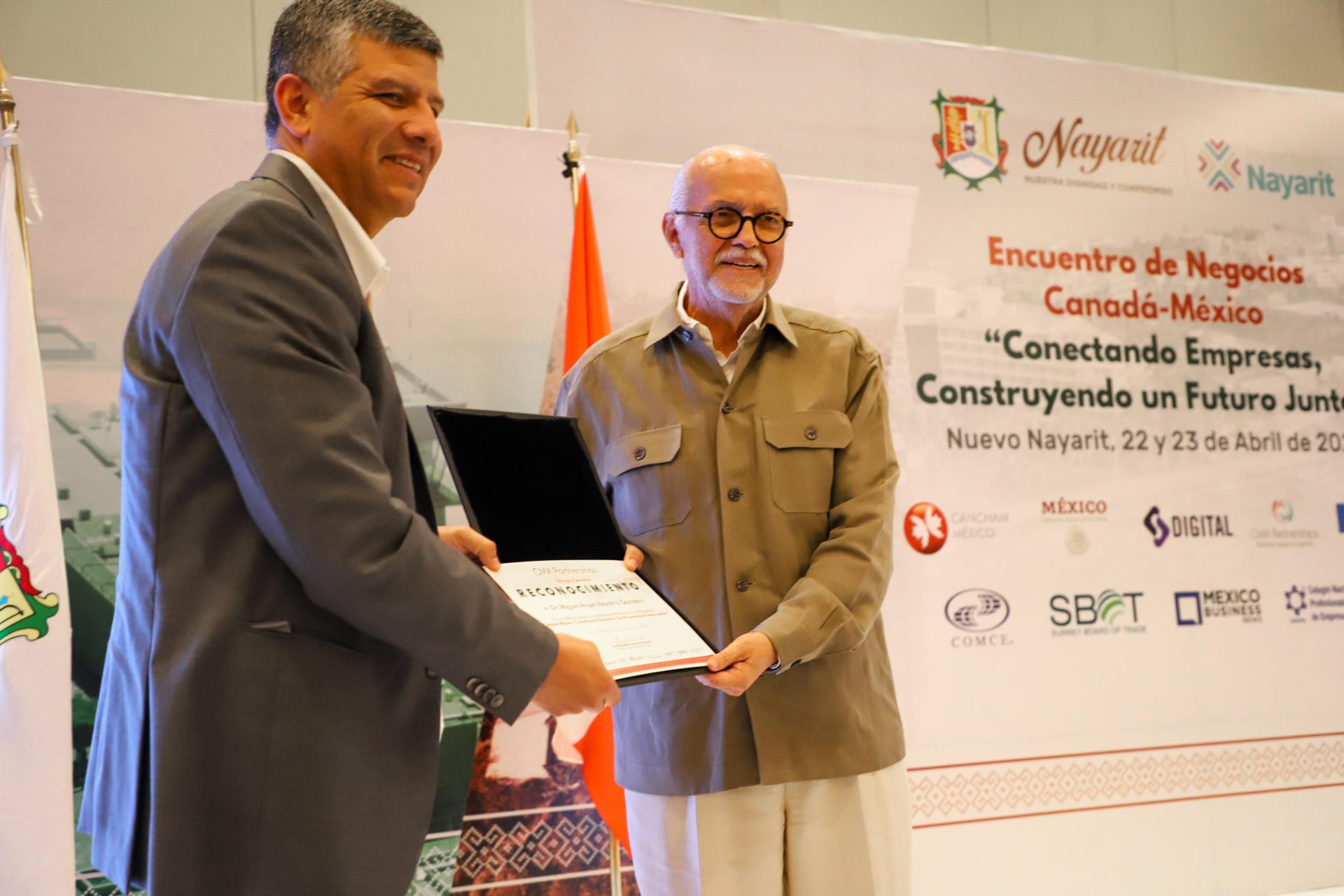The United States has abandoned the good relationship that it had united with the Latin American environment in more than one area. In those final years of being away, we’ve seen the great Chinese giant occupy increasing swathes of influence there. Its activity in the region has begun to leave a significant mark in the areas of business, commerce, and infrastructure, but not so in the cultural sphere, as the United States continues to lead the process of cultural exchange. The Latin American citizen does not feel any connection with the Chinese, its languages are not available to him, and its customs are incomprehensible, as well as divorced from those inherited from Spain from the conquest.
In the last century, Washington developed a proactive strategy of convergence on educational, technological, and cultural matters that served the intercontinental oil relations. Just one fact: In 2017, there were 73,000 third-level Latino students in the United States, while there were only 2,000 in China. Statistics also show that more than one million foreign students annually traveled to the United States before 2020.
Bringing China’s inner knowledge, idiosyncrasies, ancient history, and future as a modern power within reach of Latin Americans has not been a priority for Beijing until today. And while it is true that the culture has been oblivious to the frenetic activity of business, Beijing is trying to adjust the plan. Educational exchange begins to emerge in bilateral relations as a means of accelerating mutual knowledge and evoking forms of similarity that work in favor of accepting the dynamics, way of being and behavior of Asians and this removes the specter of Chinese “hegemony” that is frequently exploited by its critics in the region.
In the past decade, the number of international students in China has grown exponentially, reaching half a million enrolled in 1,004 institutions of higher learning. The study program in China is designed to be incorporated into the New Silk Road initiative, so that the country can become a world-class destination, becoming part of the national political discourse of “renewal”. In the case of Latin America, in December 2021, an agreement was signed with Celac in which Beijing provided 5,000 scholarships to Latin American students between 2022 and 2024, as well as 3,000 training places on Chinese soil. This is a new way to counterbalance the US-led penetration south of the Rio Grande.
Chinese pragmatism has always been ahead of its ideological interests. This is why business has been at the forefront of the relationship. But the reality is that, apart from obtaining an economic benefit, it is necessary to establish oneself culturally against countries with which the relationship is closer. It is necessary to advance in the field of Chinese brand admission and this explains the interest in establishing scholarship systems to study in the cities of that country. Chile is a good example. 20,000 scholarships have been awarded. It is not surprising, then, that the southern country is among the 15 countries with the greatest Chinese influence on the planet.
Therefore, Beijing finally understands that one way to leave an indelible cultural mark is to make connections in the field of education.





